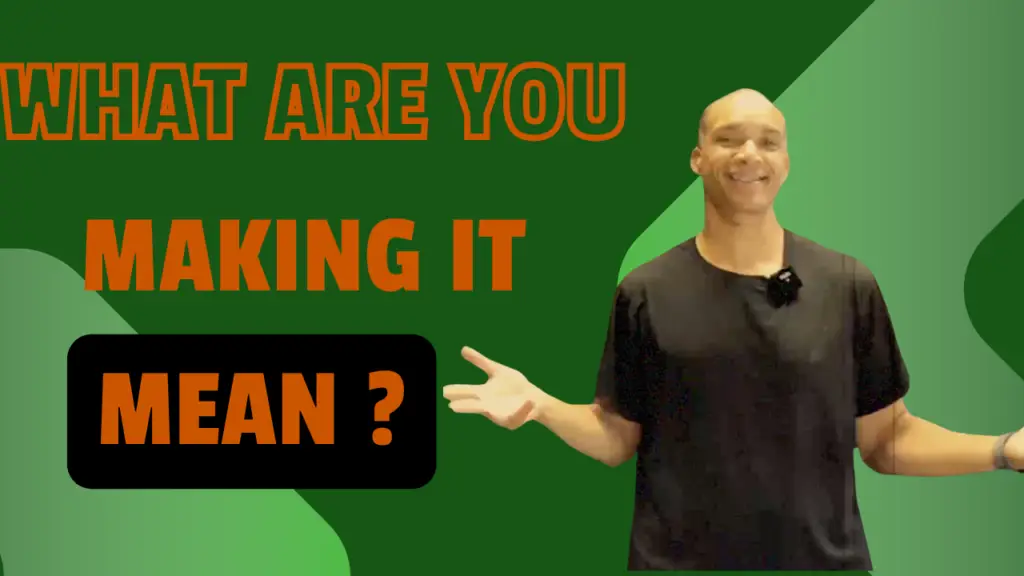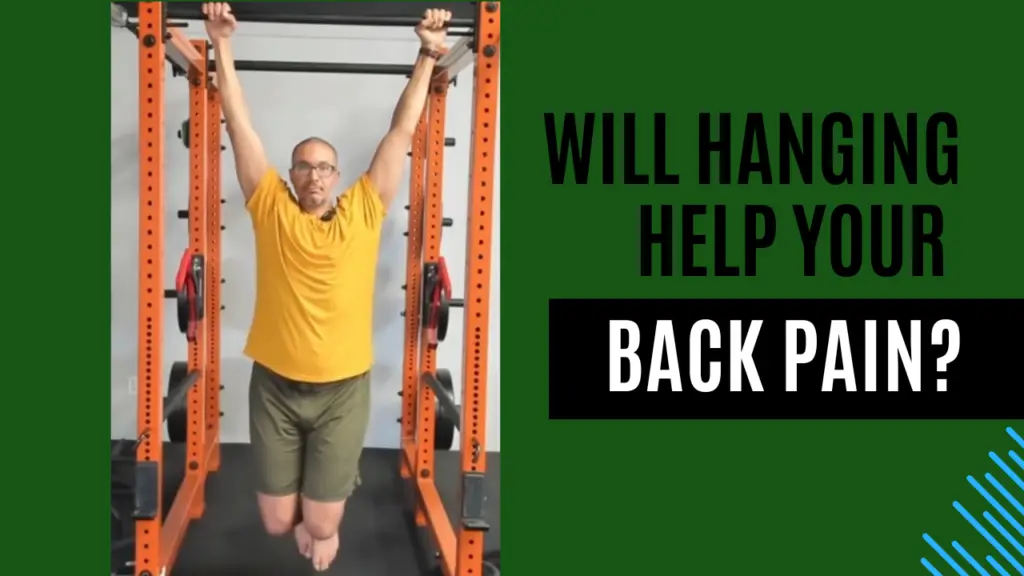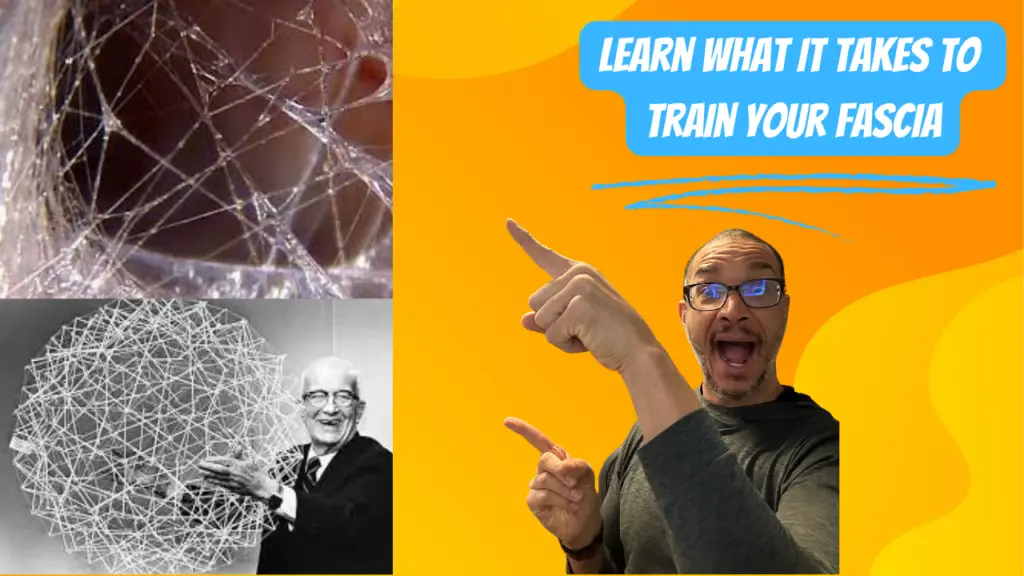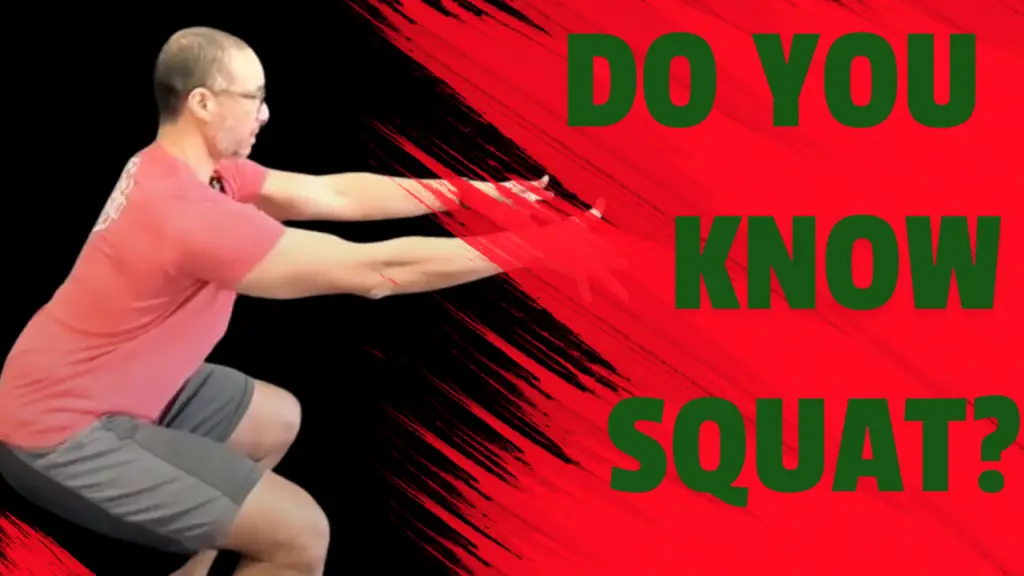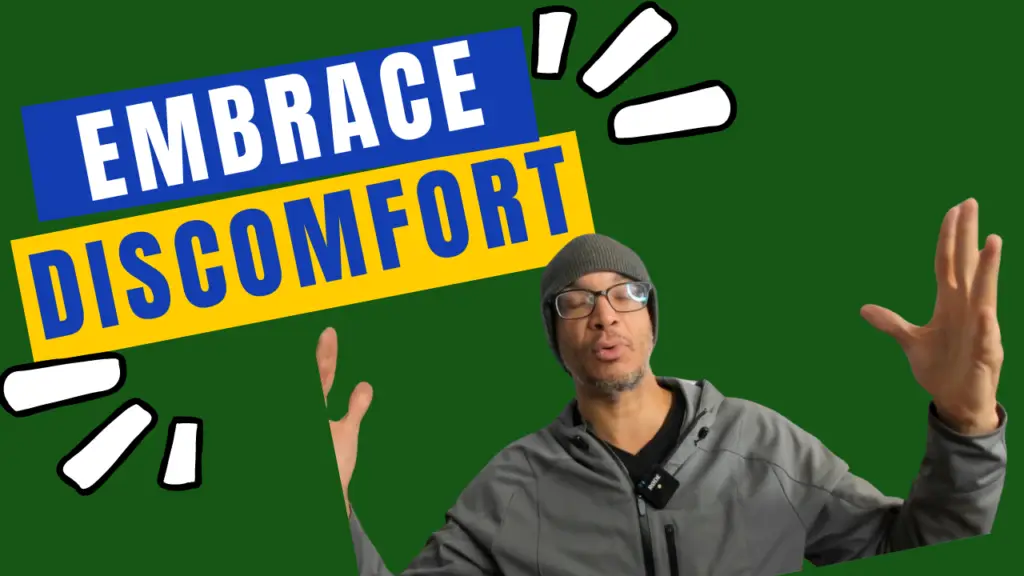Bending is one of the most common movements we use in everyday life—picking up your kids, moving a box, swinging a golf club. But most people don’t do it well. That poor movement adds up, leading to tightness, pain, or injury over time.
So should you jump straight into Romanian deadlifts (RDLs) or kettlebell swings to “fix” it?
Not quite.
Let’s unpack what the bend pattern really is, which muscle chains are involved, and how to approach this movement holistically so your body gets stronger—not more worn down.
Click the image to watch the full video
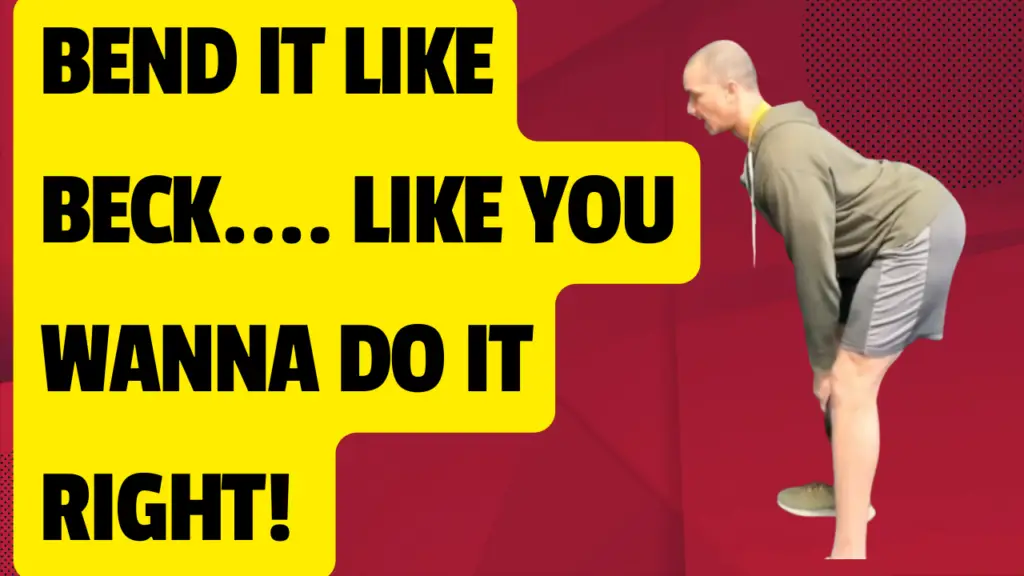
What Is the Bend Pattern, Really?
In training, the bend pattern refers to a hip-dominant movement like an RDL or deadlift. You’ll see this pattern show up solo or combined with other movements during everyday life—lifting, twisting, walking, squatting.
But just “doing” the movement doesn’t mean you’re doing it well.
If your muscle chains are out of balance—some tight, some weak, some misfiring—practicing the bend pattern without addressing the root causes can reinforce dysfunction and eventually lead to pain or breakdown.
The Bend Pattern Is a Global Movement
Unlike isolated exercises, the bend pattern is what we call a “global” movement. It requires the whole body to coordinate and act as one. That’s why I don’t just teach the movement—I assess how your body is functioning within the movement.
We look at the full chain: the muscles, fascia, tendons, ligaments, and how they interact.
The primary chain behind the bend pattern is your posterior chain—from your heel to your calves, hamstrings, glutes, deep back muscles, and even your neck and shoulders. But your anterior and lateral chains help stabilize that pattern too.
Here’s a quick snapshot of the key players:
- Soleus
- Gastrocnemius (calf muscles)
- Hamstrings
- Gluteus maximus
- Four layers of spinal muscles
- Trapezius
- Rhomboids
- Levator scapulae
- Shoulder stabilizers
The Problem with Just “Doing” the Bend
Too often, people start loading up barbells without assessing the quality of their chain or how their fascia is functioning.
The bend pattern naturally places more mechanical load on the lower back than a squat—simply due to leverage. That’s not a bad thing. But it becomes a problem if:
- You haven’t trained segmentally
- Your fascia is out of balance
- You’ve overloaded the system
- You’re dealing with an acute back issue
Force isn’t the enemy. Misapplied force is.
How to Learn the Bend Pattern: Start Pure
To truly master this pattern, you must start with clean motor control. I teach the butt-back, bow-forward drill from a kneeling position. It’s the most stripped-down, brain-friendly way to teach your body how to move properly.
From there:
- Kneeling →
- Bodyweight standing RDL →
- Light weight →
- Full deadlift (hip + knee bend)
At each step, you’re grooving the right motor pattern—building a motor engram in your brain so you move properly without having to think about it.
Key pointers:
- Keep a neutral spine (don’t over-arch or round)
- Maintain all four natural curves in your back
- Shift weight back into heels—but don’t lift your toes
- Move as one unit—don’t break at the spine
- Engage your abs and lats for support
Common Mistakes (That Will Wreck Your Back)
- Rounding the spine
- Overarching the lower back
- Losing foot contact
- Using too much weight too soon
- Not progressing through proper training stages
Instagram might celebrate a rounded-back deadlift, but your body won’t. You want smooth, controlled, segmental movement—built over time with intention.
The Fascia Piece (Why It Matters)
Muscles don’t work in isolation. They’re wrapped in and connected by fascia—a living, communicative network that governs structure, neurology, and coordination.
If your fascia is dehydrated, compressed, or restricted, your body can’t move well—even if your muscles are “strong.”
Here’s what affects fascia health:
- 🚰 Dehydration (aim for half your body weight in ounces of plain water daily)
- 😰 Chronic stress
- 🧍♂️ Not working the fascia directly (training in multiple planes and ranges)
Want a better bend pattern? Take care of your fascia first.
Deadlift vs. RDL
Once you master the RDL, you can layer in the deadlift by adding controlled knee flexion. The movement stays hip-dominant, but now you’re handling more force and range of motion.
Both movements are important—but only if you’ve earned the right to do them well.
Slow Is Smooth. Smooth Is Strong.
Building a bend pattern takes time. Don’t rush. Train your brain, train your chains, and train your fascia. It’s not about how much weight you lift. It’s about how well you move—now and for the rest of your life.
Want Help?
If you’re 40+ and looking to be strong, mobile, and pain-free for the long haul, I’ve got a few ways to support you:
- ✅ Free consultation (see what’s best for your body)
- ✅ Free eBook: 4 Steps to Get Mobile, Out of Pain & Living Your Best Life
All links are in the description below.
See you next week—take care.
— Ekemba Sooh
SolCore Fitness & Therapy
it’s not just working out, it’s building a foundation for a better life.
Find out more @

